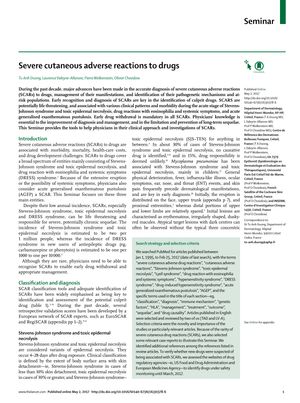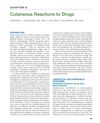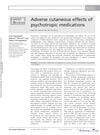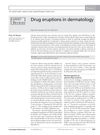Severe Cutaneous Adverse Reactions to Drugs
May 2017
in “
The Lancet
”

TLDR Some drugs can cause rare but potentially deadly skin reactions, and early treatment and avoiding the drug again are key.
The document from October 1, 2017, provides a comprehensive overview of severe cutaneous adverse reactions (SCARs) to drugs, including Stevens-Johnson syndrome (SJS), toxic epidermal necrolysis (TEN), DRESS syndrome, and acute generalized exanthematous pustulosis (AGEP). It emphasizes the rarity but potential life-threatening nature of SCARs, with SJS and TEN having an incidence of two per 1 million people, and DRESS syndrome occurring in one per 1,000 to 10,000 new users of antiepileptic drugs. The document discusses the clinical presentation, pathogenesis, and genetic predispositions of SCARs, highlighting the importance of early recognition, drug withdrawal, and supportive care in management. It also reviews various treatments, including etanercept and ciclosporin, and the need for further research due to the lack of large randomized controlled trials. The document underscores the role of physicians in improving diagnosis and management, the importance of avoiding re-exposure to causative drugs, and the potential of pharmacogenetic tests and pharmacovigilance in preventing SCARs.




